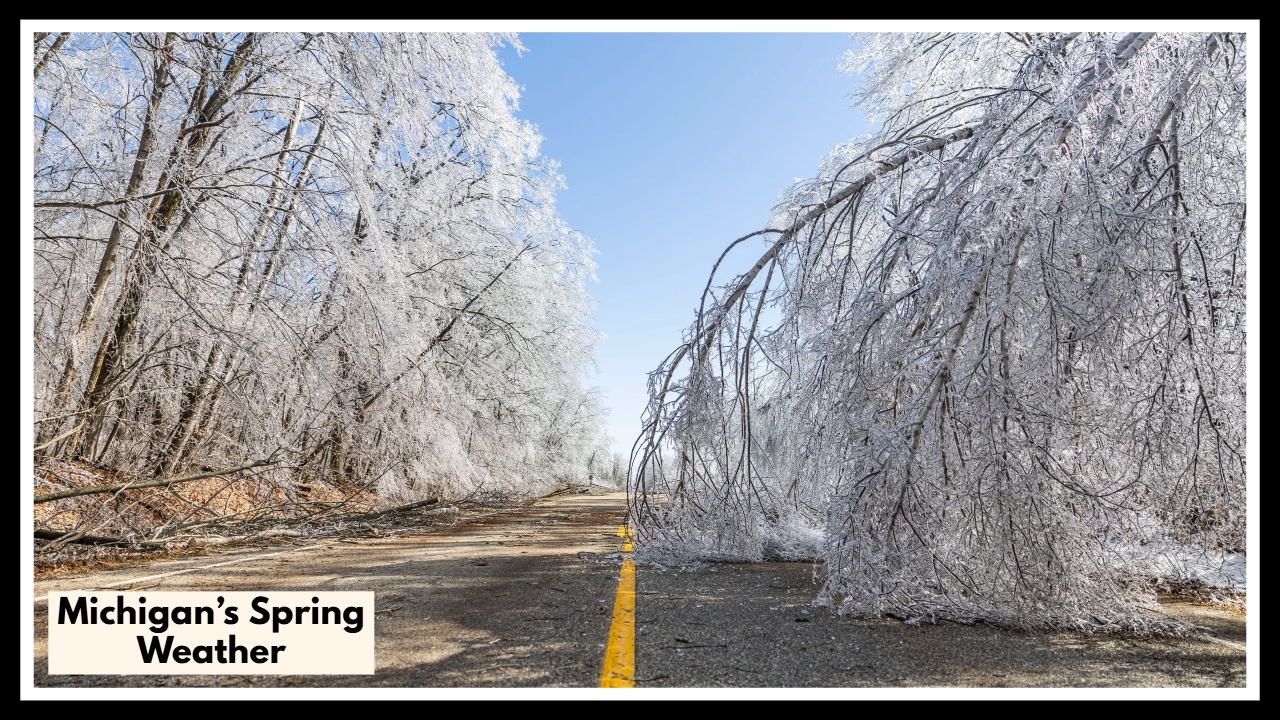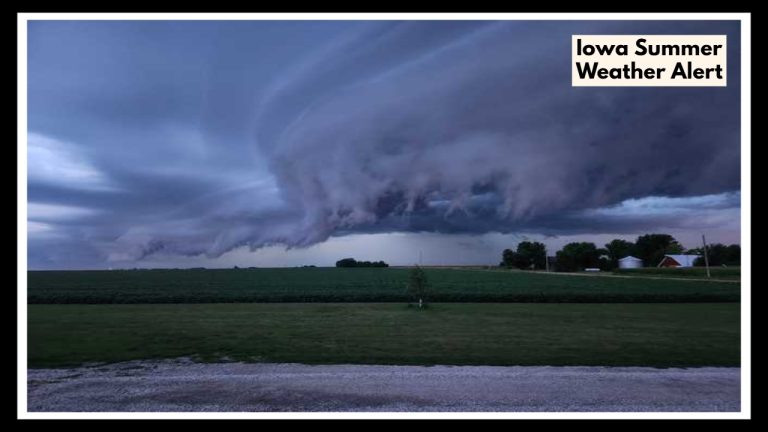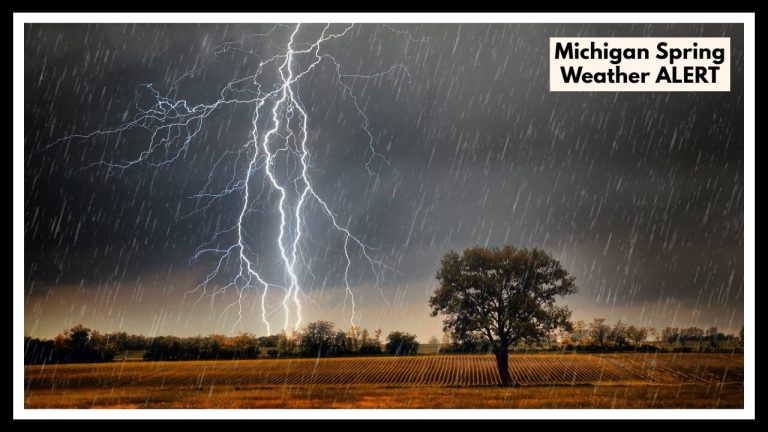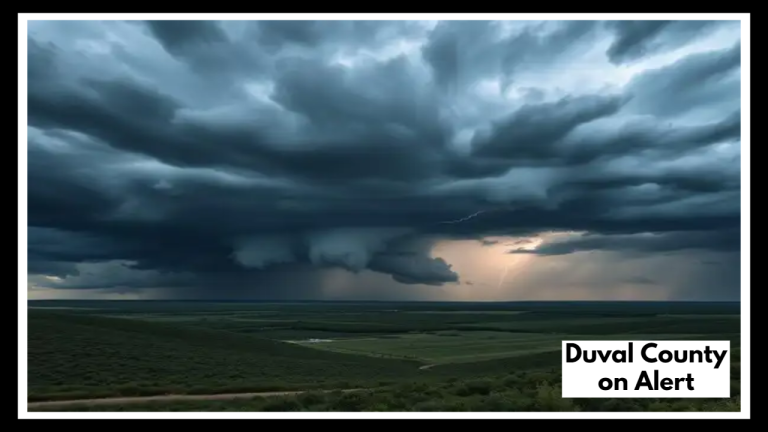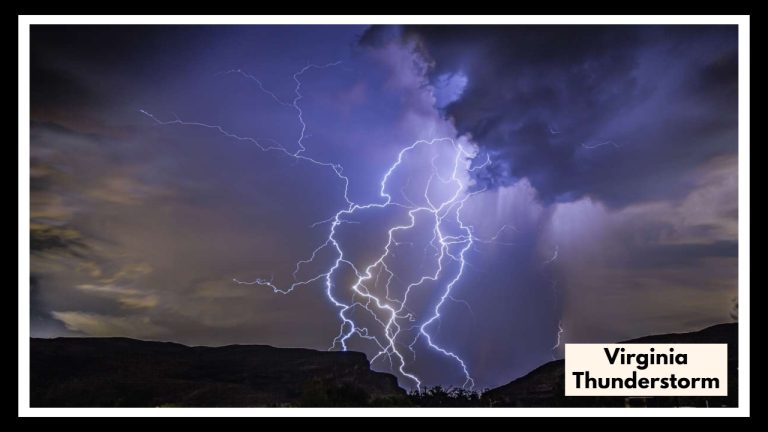Freeze Alert! Michigan’s Spring Weather Just Took a Dangerous Turn
Just when it seemed like spring had finally settled in, Northern Lower Michigan is facing a sudden and unwelcome change in the forecast. The Michigan Freeze Watch, issued by the National Weather Service, serves as a heads-up: temperatures are expected to drop below freezing overnight, putting gardens, early crops, and even outdoor plumbing at risk from late Thursday through Friday morning.
A Chilly Return for Northern Michigan
After several pleasant, sun-soaked afternoons, it’s hard to believe we’re bracing for a cold snap. But sure enough, a fresh blast of chilly air is heading our way. Forecasts for places like Traverse City show overnight lows hovering around 33°F, with surrounding rural areas likely dipping into the upper 20s. That’s more than enough to cause frost damage—especially to young plants that have already sprung to life.
While a May freeze isn’t unheard of in Michigan, it still comes as a jolt. Many gardeners and farmers have already begun planting, counting on the warmer weather to stick around. But a Michigan Freeze Watch signals the potential for a hard frost, and that’s reason enough to pause and prepare.
What the Michigan Freeze Watch Means for You
If you live in Northern Lower Michigan, particularly in lower-lying or open areas, this is your chance to get ahead of the freeze. Here’s how you can protect your plants and property:
-
Bring in potted plants or cover them with blankets, sheets, or frost cloth to shield them from the cold.
-
Drain and disconnect hoses and irrigation systems to prevent overnight freezing.
-
Cover outdoor garden beds, especially those with young seedlings or early blooms.
-
Stay informed by checking local weather updates in case the freeze watch is upgraded to a warning.
It might just be one cold night—but even a brief dip below freezing can damage delicate plants or cause costly issues with exposed plumbing. A few simple steps now can save you a lot of heartache later.
One Last Frost Before Summer?
We’ve all been there: you feel the warm breeze, see the daffodils blooming, and finally pack away the winter coat. But in Michigan, the weather has a way of keeping us on our toes. The Michigan Freeze Watch is a reminder that spring here doesn’t always move in a straight line.
So, before you head to bed tonight, take a few minutes to cover your plants and prep your yard. It’s a small effort that could make all the difference come morning.
FAQ About Michigan’s Spring Weather
1. What exactly is a Michigan Freeze Watch, and how is it different from a warning?
Think of a Freeze Watch as an early heads-up. It means that temperatures are likely to drop below freezing soon—usually within the next day or two. A Freeze Warning, on the other hand, means the cold is already on its way, or it’s happening now, so it’s time to act fast.
2. When should I be most concerned about the freeze?
The watch is in effect from late Thursday night through early Friday morning. That’s when temperatures could slip into the low 30s—or even the upper 20s if you’re in a rural or low-lying area. It’s that overnight stretch when your garden and outdoor plumbing are most at risk.
3. What kind of plants are in danger from this cold snap?
Pretty much anything young, tender, or freshly planted. Veggies like tomatoes, peppers, and cucumbers are especially vulnerable. Even some flowers and early-blooming plants can take a hit if the frost settles in.
4. What should I do to keep my garden and pipes safe?
It’s easier than you might think. Bring your potted plants indoors if you can. Cover outdoor garden beds with a blanket, sheet, or frost cloth. And don’t forget to drain and unhook your garden hoses and sprinkler systems—frozen plumbing is no fun to fix.
5. Is it normal to get a freeze this late in spring?
In Michigan? Absolutely. It may feel like spring has arrived, but these late-season cold snaps are a part of life up north. It’s just nature’s way of keeping us on our toes. Many gardeners wait until mid-May—or even later—before putting their most delicate plants in the ground.

